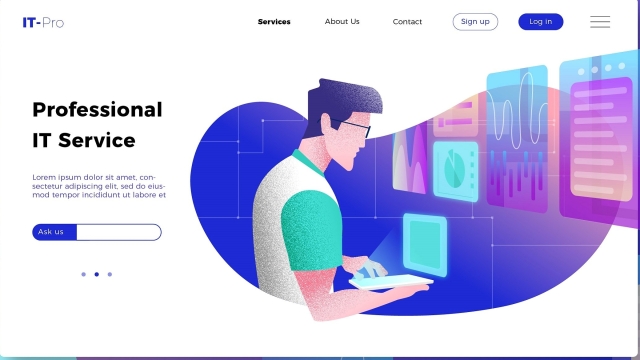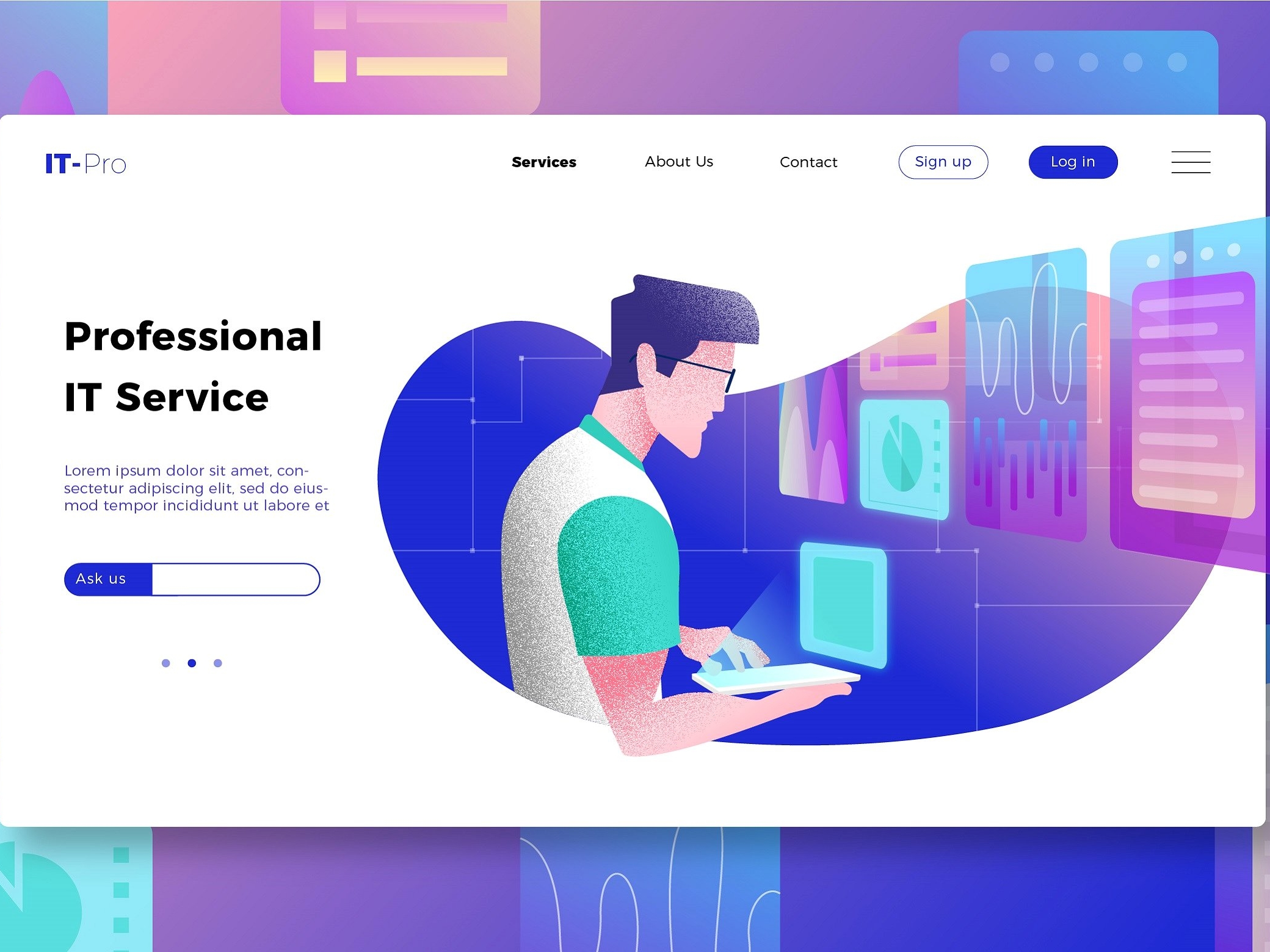
The Ultimate Guide to Optimizing Your IT Service for Seamless Efficiency
- by Jose Bryant
In today’s fast-paced digital age, efficient IT services have become the backbone of successful businesses. Whether it’s managing data storage, securing networks, or providing technical support, a well-optimized IT service is crucial for seamless operations. But with the ever-evolving technology landscape, it can be challenging to keep up and ensure your IT service is operating at its maximum potential. Fear not, as this ultimate guide is here to help you navigate the intricacies of optimizing your IT service for unparalleled efficiency. In the following sections, we will delve into key areas that you should focus on, providing practical tips and strategies to streamline your IT operations, maximize productivity, and deliver exceptional service to your organization. So let’s dive in and uncover the secrets to transforming your IT service into a well-oiled machine that drives growth and success.
Assessing Your Current IT Service
In order to optimize your IT service for seamless efficiency, it is crucial to start by assessing your current setup. This will help you identify any areas that may need improvement and enable you to develop a strategy for enhancing overall performance.
The first aspect to consider is your hardware infrastructure. Take stock of your existing servers, workstations, and networking equipment. Evaluate their age, performance, and compatibility with the latest technologies. Assessing the state of your hardware will give you an understanding of any potential limitations or bottlenecks that could be hindering your IT service.
Next, delve into your software systems and applications. Evaluate the efficiency and functionality of your operating systems, databases, and other critical software components. Identify any outdated or redundant software that may be slowing down your processes or causing system stability issues.
Lastly, examine your IT team’s skill sets and knowledge base. Assess the proficiency of your staff in managing and troubleshooting various IT systems and technologies. Identify any areas where additional training or expertise may be required to optimize your IT service.
By thoroughly assessing these key areas of your IT service, you will gain valuable insights into the current state of your infrastructure and capabilities. This assessment will serve as a foundation for the subsequent steps required to enhance and streamline your IT operations.
IT Service provider in Illinois
Implementing Efficiency Strategies
Efficiency is essential in optimizing your IT service and ensuring seamless operations. By implementing the right strategies, you can streamline processes, reduce downtime, and increase overall productivity. Here are three key approaches to consider:
-
Leverage Automation: Automation is a powerful tool that can significantly enhance efficiency within your IT service. By automating repetitive tasks, such as software updates, system backups, and network configurations, you can save valuable time and resources. Robotic Process Automation (RPA) can be employed to handle routine duties, freeing up your IT team to focus on more complex and strategic initiatives. Additionally, implementing self-service portals empowers users to find solutions independently, reducing the need for direct assistance.
-
Adopt Agile Methodologies: Traditional IT development methodologies can be time-consuming and hinder responsiveness. Embracing agile methodologies, such as Scrum or Kanban, can greatly improve efficiency. Agile methodologies promote incremental development, frequent communication, and collaboration. By breaking down projects into smaller, manageable tasks and continuously iterating based on feedback, your IT team can respond quickly to changing requirements, deliver incremental value, and maintain a high level of productivity.
-
Implement Performance Monitoring: Monitoring the performance of your IT service is crucial for identifying opportunities for improvement and resolving issues promptly. Implementing robust performance monitoring tools and systems allows you to track key metrics, such as response times, resource utilization, and network latency. Advanced analytics and machine learning can help you identify patterns, anticipate bottlenecks, and proactively address potential performance issues before they impact your IT service.

By implementing these efficiency strategies, you can optimize your IT service and create a foundation for seamless operations, enhancing overall productivity and satisfaction for both your team and end-users.
Measuring and Improving Service Performance
To ensure the seamless efficiency of your IT service, it is essential to measure and constantly improve its performance. By regularly monitoring and analyzing various aspects of your service, you can identify areas for enhancement and implement strategies to optimize its efficiency. Here are three key steps to measure and improve your IT service performance:
-
Defining Key Performance Indicators (KPIs): To effectively measure your IT service performance, it is crucial to establish relevant Key Performance Indicators (KPIs). These are specific metrics that reflect the success and effectiveness of your service. Common KPIs for IT services may include response time, resolution rate, customer satisfaction ratings, and downtime percentage. By defining these KPIs, you can set clear performance goals and track your progress over time.
-
Monitoring and Analysis: Once you have identified the KPIs for your IT service, it is important to regularly monitor and analyze the data associated with these metrics. Utilize monitoring tools and software to collect accurate and real-time information on your service performance. Analyze the data to identify patterns, trends, and potential areas of improvement. This monitoring and analysis phase will provide valuable insights about the strengths and weaknesses of your IT service.
-
Implementing Continuous Improvement Strategies: Armed with the knowledge gained from monitoring and analysis, you can now focus on implementing strategies to optimize your IT service. This can involve streamlining processes, enhancing communication channels, investing in training and development for your IT staff, or adopting new technologies. Continuously evaluate your service performance against your defined KPIs, refine your strategies, and ensure that you stay aligned with the evolving needs of your organization and users.
By following these steps and undertaking a data-driven approach, you can proactively measure and consistently improve your IT service performance. This will result in a more seamless and efficient IT service, leading to increased productivity, customer satisfaction, and overall success for your organization.
In today’s fast-paced digital age, efficient IT services have become the backbone of successful businesses. Whether it’s managing data storage, securing networks, or providing technical support, a well-optimized IT service is crucial for seamless operations. But with the ever-evolving technology landscape, it can be challenging to keep up and ensure your IT service is operating…